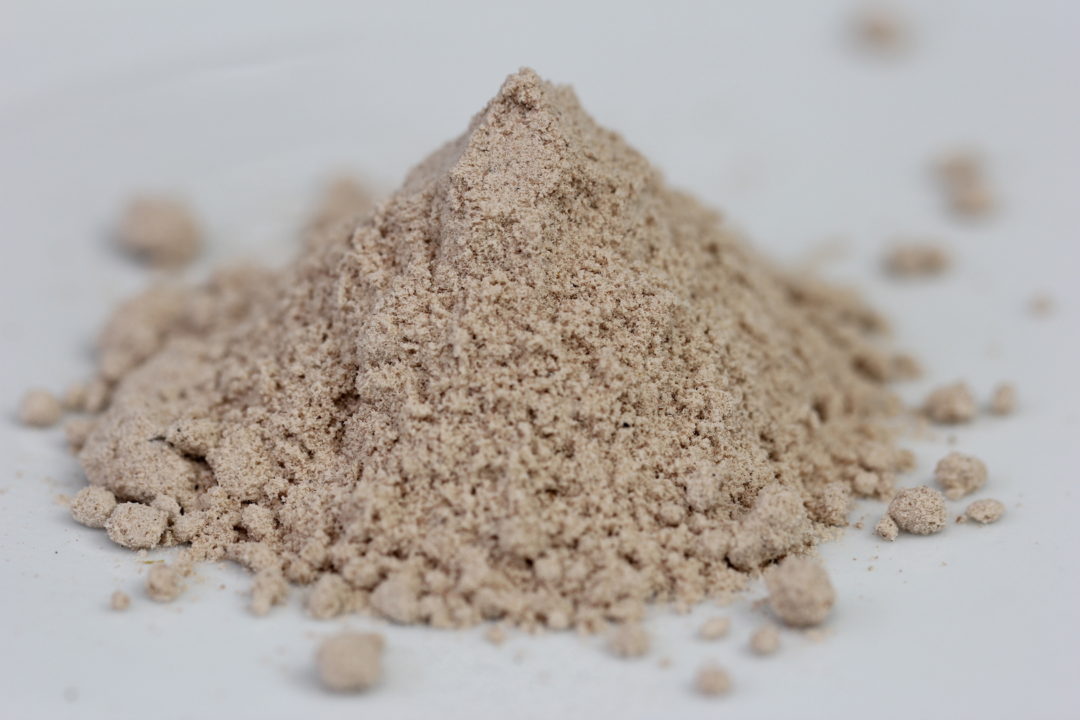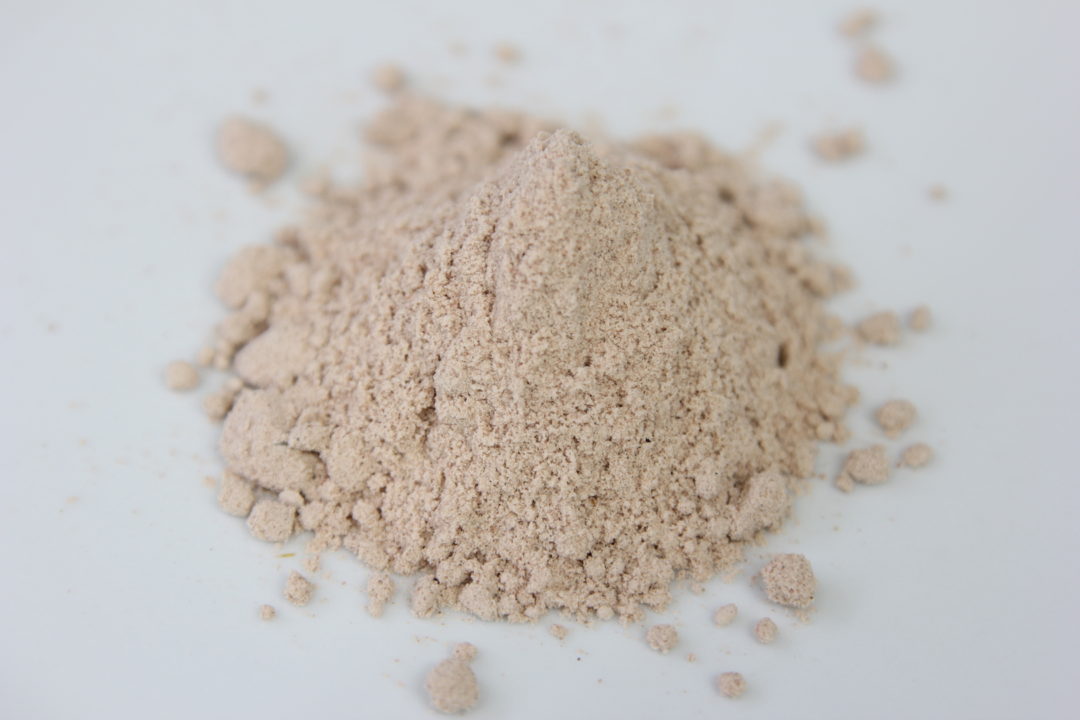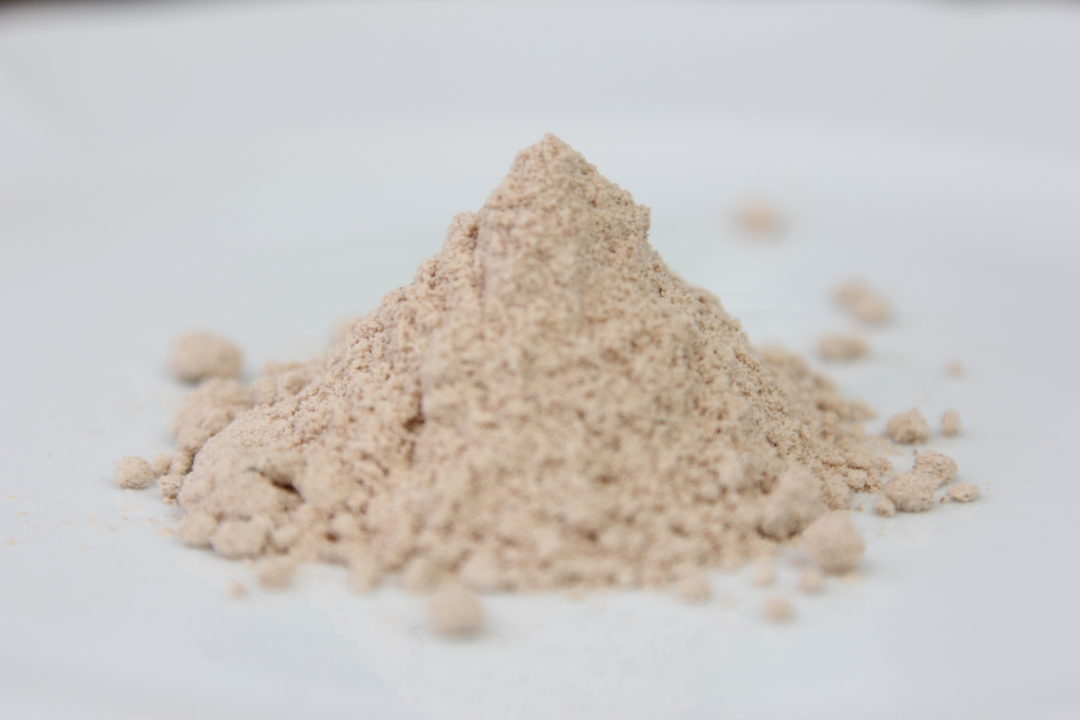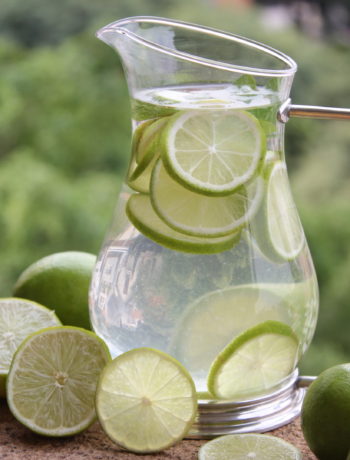
 Add to Favorites
Add to FavoritesIn india Kala namak use as an Ayurvedic medicine for multiple medical benefits for many centuries has endured the changes of time. Even after many empires and dynasties have come and gone in India. In the ancient Vedic hymns there are aphorisms sang on the use and benefits of Kala namak. Sadashiva who propounded Ayurvedic science approximately 7000 BCE, and Maharishi Charak, around 300 BCE wrote about his finding consolidating kalanamak into Ayurvedic medicine.
Even its present-day ayurvedic healers use this acclaimed Indian black salt, as it possesses diverse therapeutic properties. Some of the healing properties of Kala namak are:
- Cure constipation,
- Soothe the bowels,
- Treating acidity,
- Prevent diabetes,
- Prevent cholesterol accumulation and aid weight loss,
- Treat joint disorders and muscle cramps, combat hysteria, helps with respiratory problems
- Produce good dental hygiene.
https://en.wikipedia.org/wiki/Kala_namak.
It is a kiln-fired rock salt used with a sulfurous, (that gives an eggy odor) also known as “Himalayan black salt”. Other names are Sulemani namak, umami, bit lobon, kala noon, or pada loon and manufactured from the salts mined surrounding the mountainous regions of the Himalayas.
The condiment widely used in traditional cuisine and remedies are composed mainly of sodium chloride. The chemical composition of black salt consists of essentially sodium sulfate. And some sodium bisulfate, sodium bisulfite, sodium sulfide, iron sulfide, and hydrogen sulfide. With the significant presence of Greigite (Fe3S4, Iron(II, III) sulfide) in the mineral, it forms brownish pink to dark violet translucent. When ground into a fine powder, the color ranges from purple to pink.
The unique sulfurous component that is frequently compared to boiled egg yolks, the reason most people who don’t understand why this salt smell and taste like eggs. Black salt is considered a cooling flavoring according to Ayurveda, and the most beneficial variety of savors. You may have come across this in several recipes which have become popular in the last few years. In Indian cooking, black salt is since a very long ago.
Production
The raw material for producing Kala namak is obtained originally from natural halite from mines in Northern India and Pakistan in specific locations of the Himalayas salt ranges, or salt harvested from the North Indian salt lakes of Sambhar or Didwana.
The salt is relatively colorless moreover the natural form is modified into the dark-colored commercially sold as Kala namak. Commercially a reductive chemical process converts some of the naturally occurring sodium sulfates of the unrefined natural salt into pungent hydrogen sulfide and sodium sulfide.
The firing requires the raw salts placed in a kiln or furnace for 24 hours and sealed in a jar of ceramic with charcoal, small quantities of amla, harad seeds, bahera, babul bark, or natron. The fired salt melts, a chemical reaction occurs, and then the salt cooled, stored, and aged before the trade. Kala namak is prepared in this manner in northern India with production concentrated in Hisar district, Haryana. The salt crystals are blackish-purple in color, but after grinding it turns into a light pink powder. The production of Kala namak from natural salts with the required compounds is commonly manufactured synthetically.
Cooking with Black salt
Eggless Chickpea Omelete Roll
Kala namak is used extensively in South Asian cuisines of India, Pakistan, Bangladesh, and Nepal as a condiment or added to chaats, chutneys, salads, all kinds of fruits, raitas, and many other savory Indian snacks. Chaat masala, an Indian spice blend, is dependent upon black salt for its characteristic sulfurous hard-boiled egg aroma. Those who are not accustomed to black salt oftentimes describe the smell as similar to rotten eggs.
A.J. Scramble Eggs
Some vegans appreciate Kala namak in dishes that mimic the taste of eggs. It is used, for example, to season tofu or avocado to mimic an egg salad.
Kala namak is considered a cooling spice in Ayurveda and is used as a laxative and digestive aid. It is considered to relieve flatulence and heartburn. It is used in Jammu North India to cure goiters. This salt is also used to treat hysteria and for making kinds of toothpaste by combining it with other mineral and plant ingredients.










No Comments